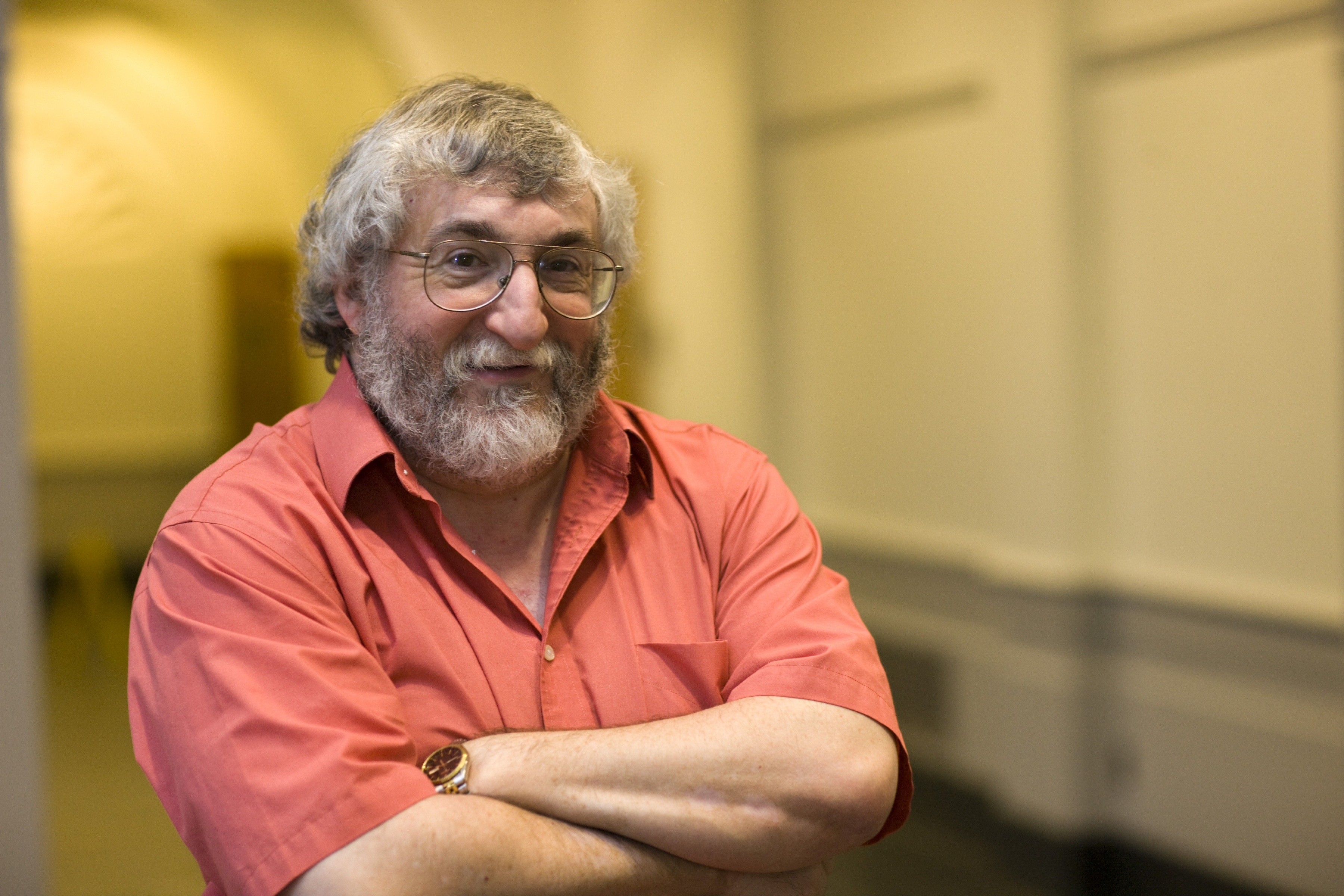For about a decade, economists at the University of Virginia, working in collaboration with colleagues at the University of Richmond and the Virginia Department for Aging and Rehabilitative Services, have been conducting painstaking analysis of public services in Virginia, endeavoring to identify where services are most needed and how effective current services are.
In the first of a two-part series, we share the results of research funded by the National Institute on Disability, Independent Living and Rehabilitation and led by Robert Schmidt at the University of Richmond examining the impact of Virginia’s vocational rehabilitation program, which helps Virginians with disabilities, including those with mental illness, prepare for gainful employment. The second part will break down the prevalence of mental illness within 30 geographic regions in the state and identify where the demand for mental health services is greater than the supply.
Working with partners at the University of Richmond, George Washington University and the Department for Aging and Rehabilitative Services, UVA economics professor John Pepper and former UVA economics professor Steven Stern, now at Stony Brook University, conducted the research on the vocational rehabilitation program. Their results recently were accepted for publication in the Journal for Human Resources.

UVA economics professor John Pepper worked with several collaborators to examine the impact of Virginia’s vocational rehabilitation program. (Photo by Dan Addison, University Communications)
“Our goal was to come up with better ways to evaluate the effectiveness of vocational rehabilitation services for people with different types of disabilities,” Stern said. “The federal government has recently placed more emphasis on demonstrating the effectiveness of these agencies, now requiring some of the measurements that we have been studying for the past 10 years.”
Long-Term Progress
Working closely with Joe Ashley, assistant commissioner of grants and special programs; his colleague, Kirsten Rowe; and others in the Virginia Department for Aging and Rehabilitative Services, the researchers studied data from 1,555 individuals who were diagnosed with a mental illness and applied for vocational rehabilitation services in 2000. They tracked each individual’s quarterly earnings data from 1995 to 2008 to see how their earnings changed before, during and after the vocational rehabilitation program.
Overall, they found that the benefits of the program significantly outweighed the costs.
Mean benefits ranged from $4,233 in increased earnings in the short-run to $8,374 in the long run, while mean costs range from $3,300 to $5,100 over the average period of service, which is six quarters.
“Thus, even under the most conservative assumptions about the costs of services, the long-run social benefit is estimated to exceed costs by 64 percent,” they wrote.
Annually, the rate of return is about 20 percent, Pepper said.
“That is very large, especially when you think about stock market returns of maybe 10 percent, or other examples,” he said. “Overall, these programs are really doing a good job.”
Different Returns for Different Services
Unlike most previous research on the topic, the research team separated data based on the participant’s disability and the types of services offered. State programs offer a broad range of vocational rehabilitation services, some of them – like vocational training, education and medical services – purchased by the program from other service providers, others provided directly by the state.
The team divided these into six categories: diagnosis and evaluation, including evaluations and counseling; training, including on-the-job training and coaching; education, including GED fees, vocational school or other classes; restoration, including medical expenses, counseling and other medical assistance; maintenance, including transportation and other everyday living costs; and other services, such as payments for tools, equipment or other services outside of previous categories.

“In evaluating these programs, it is important to deal with the fact that different people will benefit from different services in different ways,” said economics professor Steven Stern.
Five service categories showed positive long-run benefits. Calculating lifetime earnings increases, the team found that training, restoration and other services increased average earnings by $7,200, $3,750 and $4,800, respectively, while education and maintenance increased average earnings by $1,700 and $2,100.
The exception was diagnosis and evaluation services, which showed a negative long-run effect on earnings. One plausible explanation, researchers said, is that the purchase of diagnosis and evaluation services often implies that the client has a more severe challenge, making it very difficult for he or she to succeed in the labor market.
Increased Benefits Enrollment
At the outset of the study, economists and public officials were curious how, if at all, vocational rehabilitation programs impacted enrollment in the Social Security Administration’s Disability Insurance and Supplemental Security Income programs.
“The cost of federal disability insurance programs has been increasing and some hope that vocational rehabilitation programs, by providing training for employment, might decrease the number of people receiving benefits,” Pepper said. “That is not what we found, at least for people with mental illness.”
The team found that participation in each service category at least marginally increased the probability that an individual will receive disability benefits, in part because counselors were able to help eligible participants sign up for the benefits.
“These agencies help clients who can possibly work get different types of vocational rehabilitation services, which is great. But sometimes, after working with clients, they find that they really cannot work, and at that point, someone in the agency helps them sign up for benefits,” Stern said.
Changes to the structure of disability benefits could also contribute to the increased enrollment, as some individuals can enter the labor market while remaining eligible for disability benefits.
More Efficient Services
Overall, the researchers hope that knowing more about the effects of specific vocational rehabilitation services on individuals with different impairments can help the state better tailor its services to efficiently use taxpayer dollars and meet citizens’ needs and provide empirical evidence of the value that vocational rehabilitation programs can offer.
Now, they are working on expanding their research into other vocational rehabilitation services, such as those provided for people with physical impairments or for people with autism. In addition, the researchers are working with the University of Richmond, the Department for Aging and Rehabilitative Services and George Washington University colleagues Robert Froehlich and Maureen McGuire-Kuletz to expand the study into other states, including Delaware, Texas, Kentucky, Oklahoma and Maryland.
“In evaluating these programs, it is important to deal with the fact that different people will benefit from different services in different ways,” Stern said. “Overall, we are finding very significant benefits and the costs of participating in these programs are not that great.”
Tomorrow, we will look at Stern’s research on the prevalence of mental illness in Virginia, how it breaks down across race, age and other demographic characteristics, and exactly where the supply of services is falling short of the demand.
Media Contact
Article Information
February 3, 2017
/content/what-economists-learned-tracking-services-virginians-mental-illness

